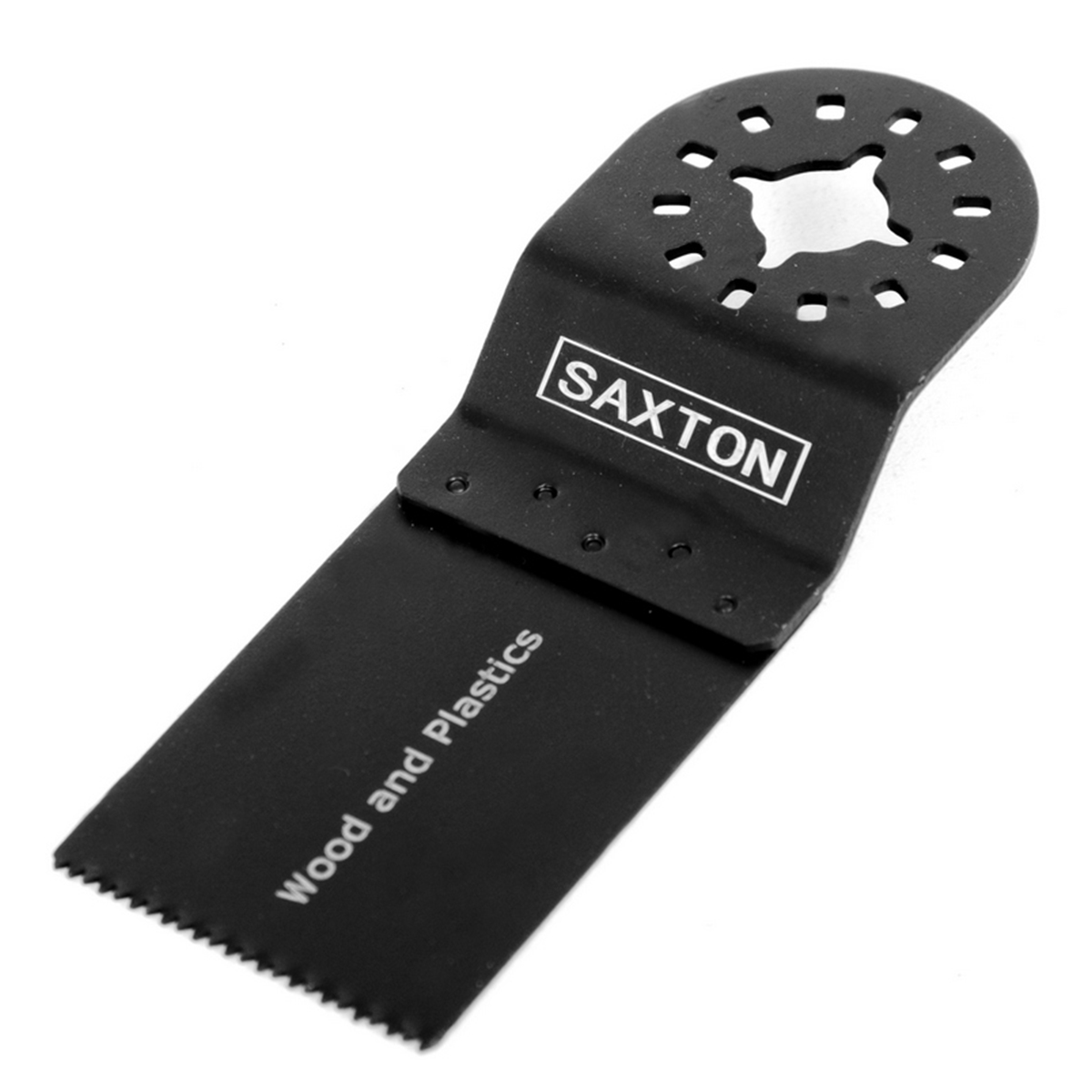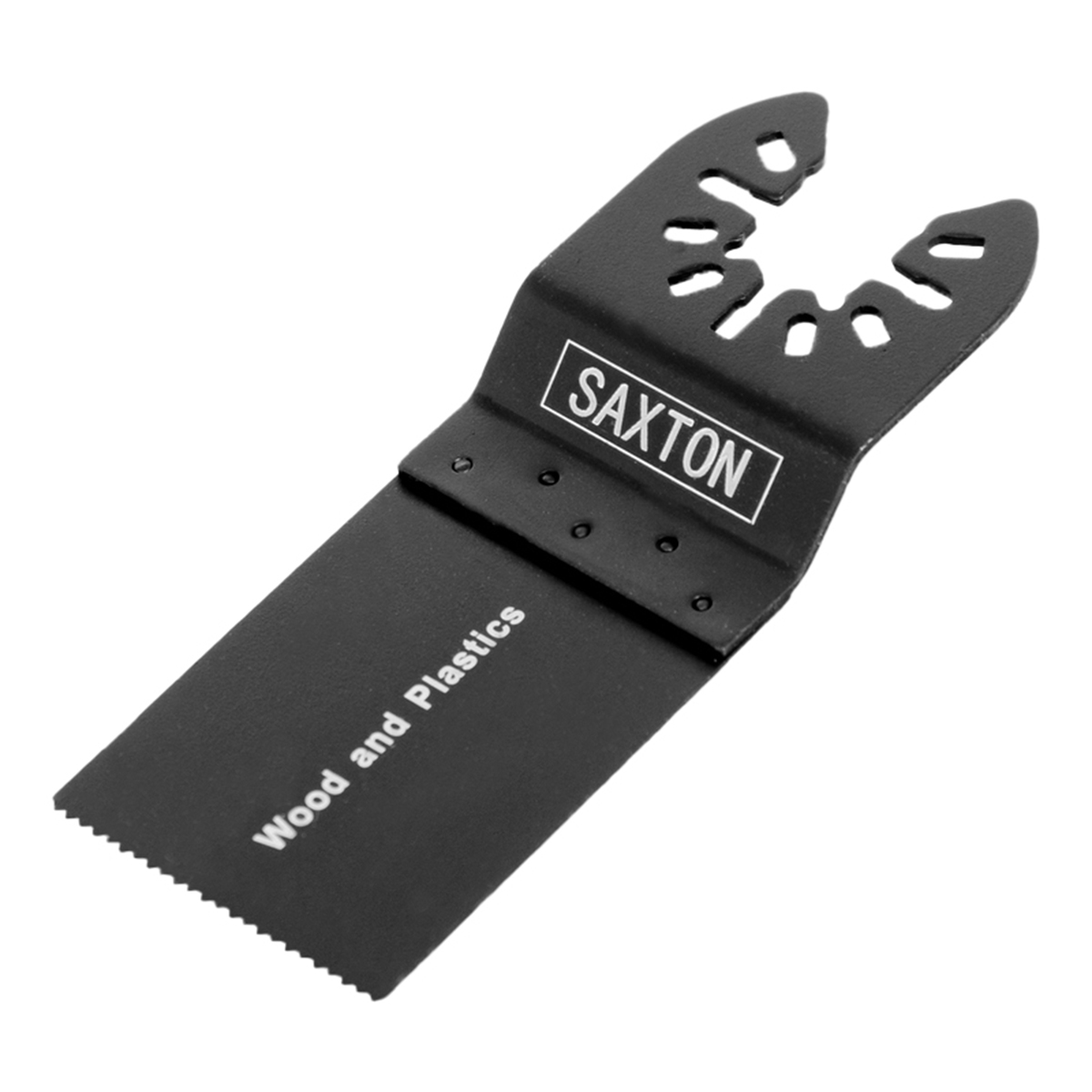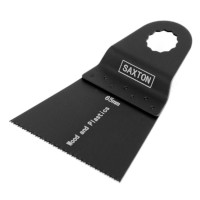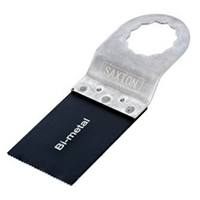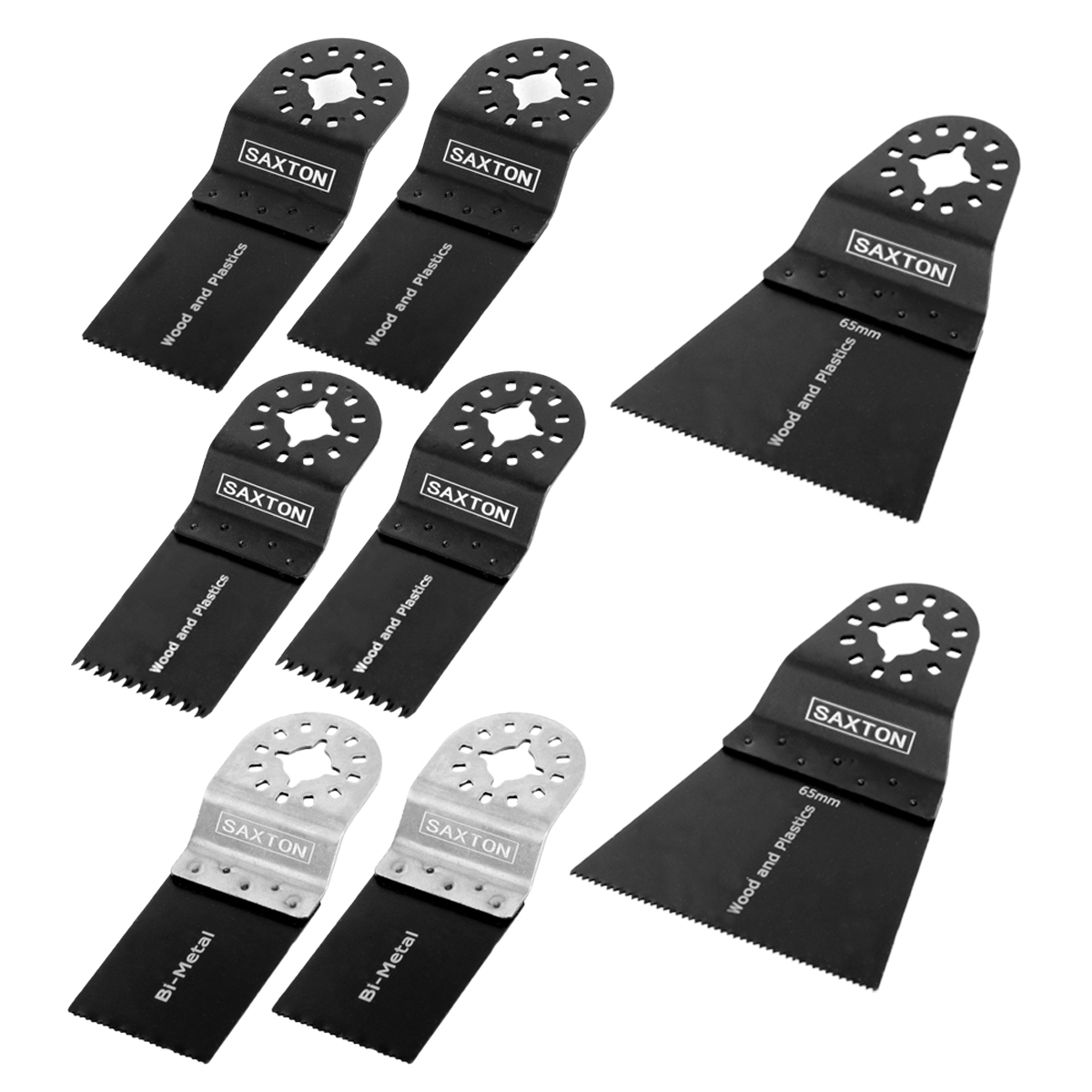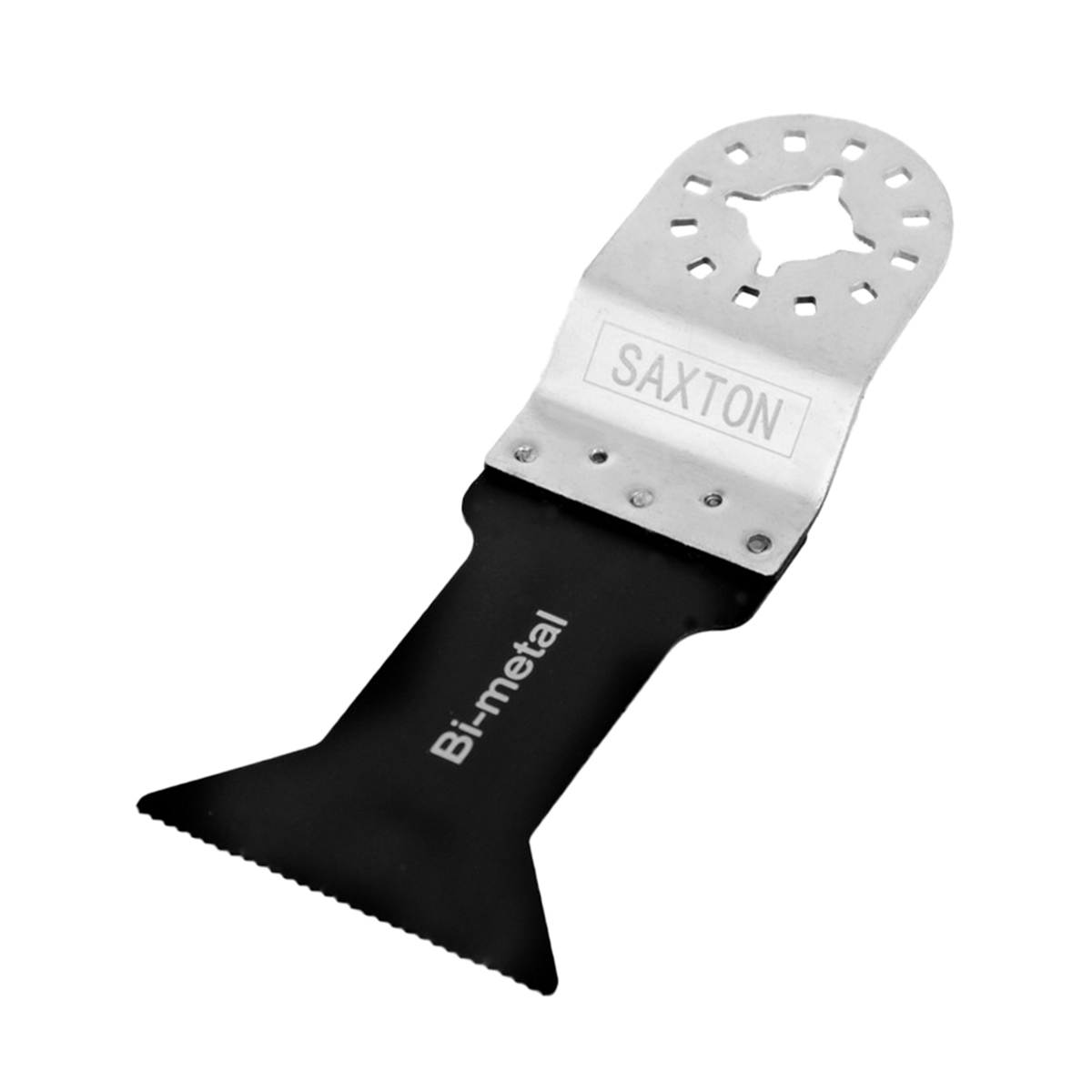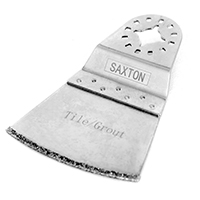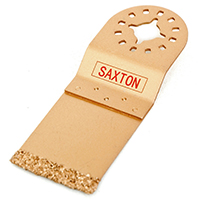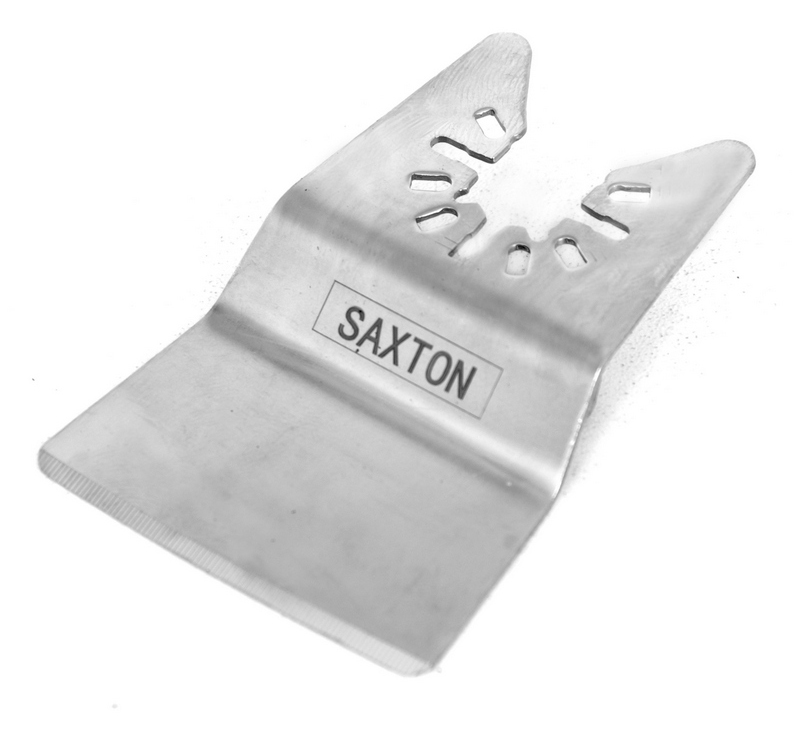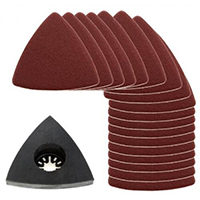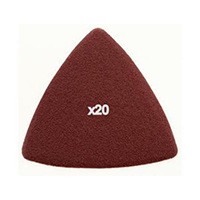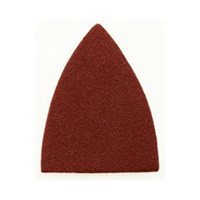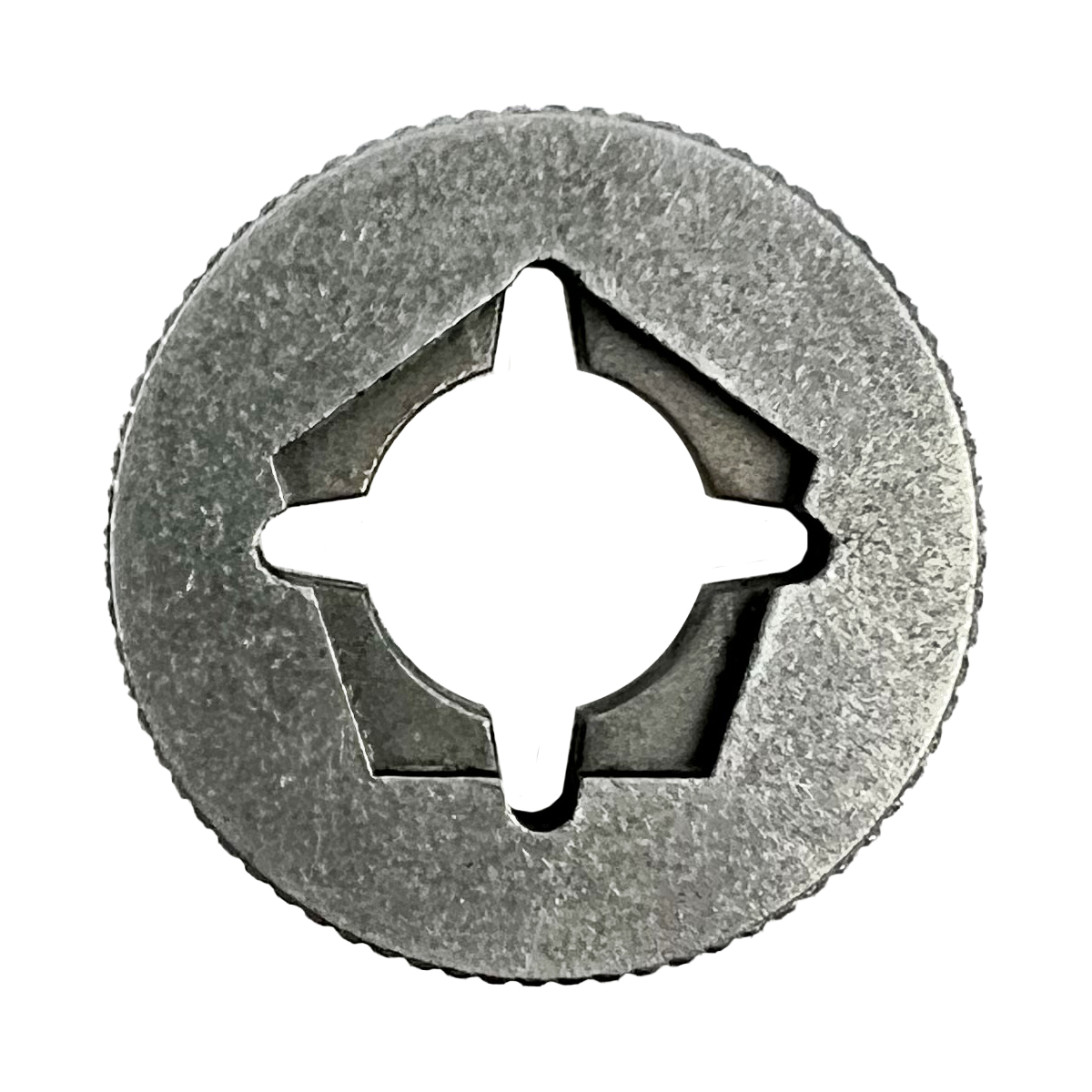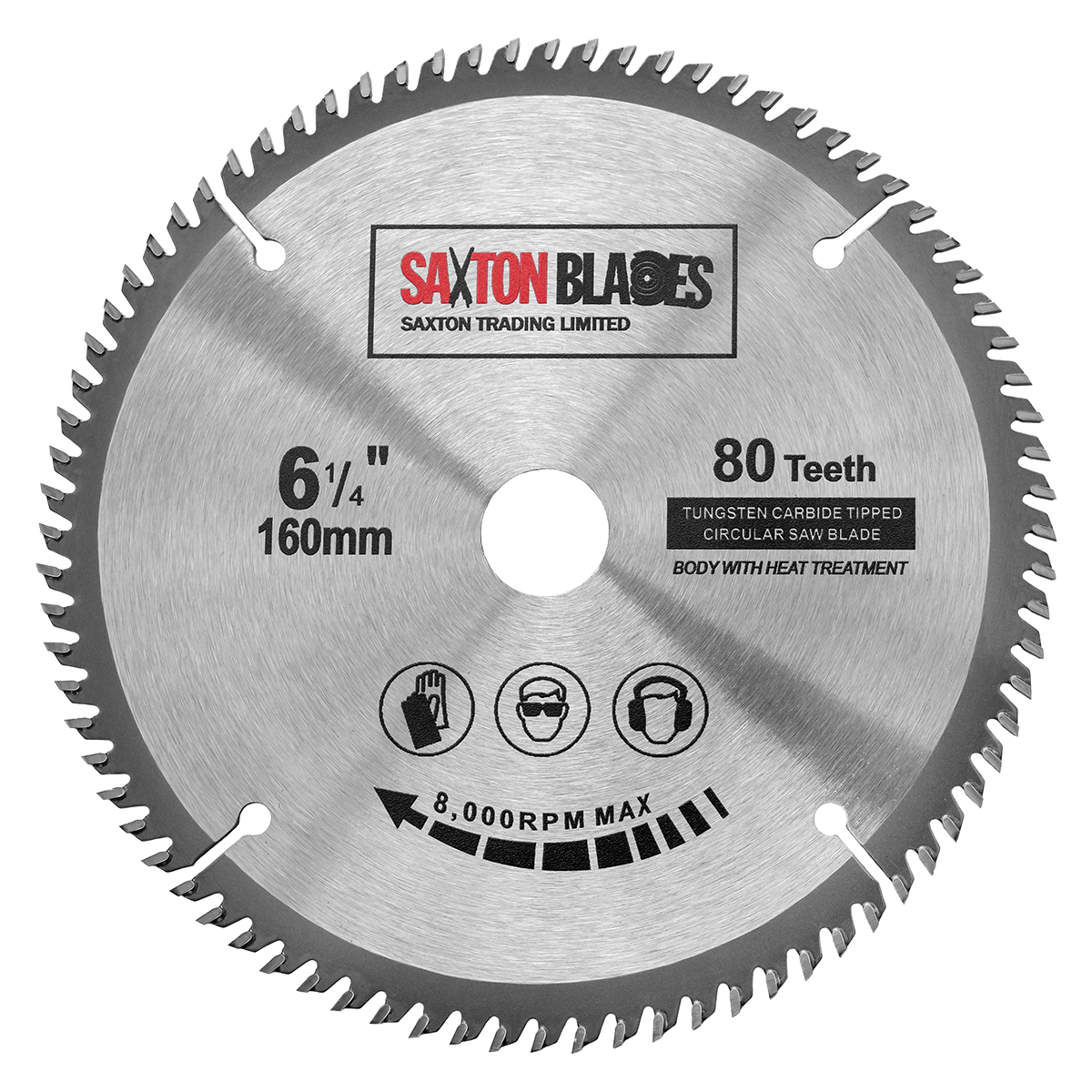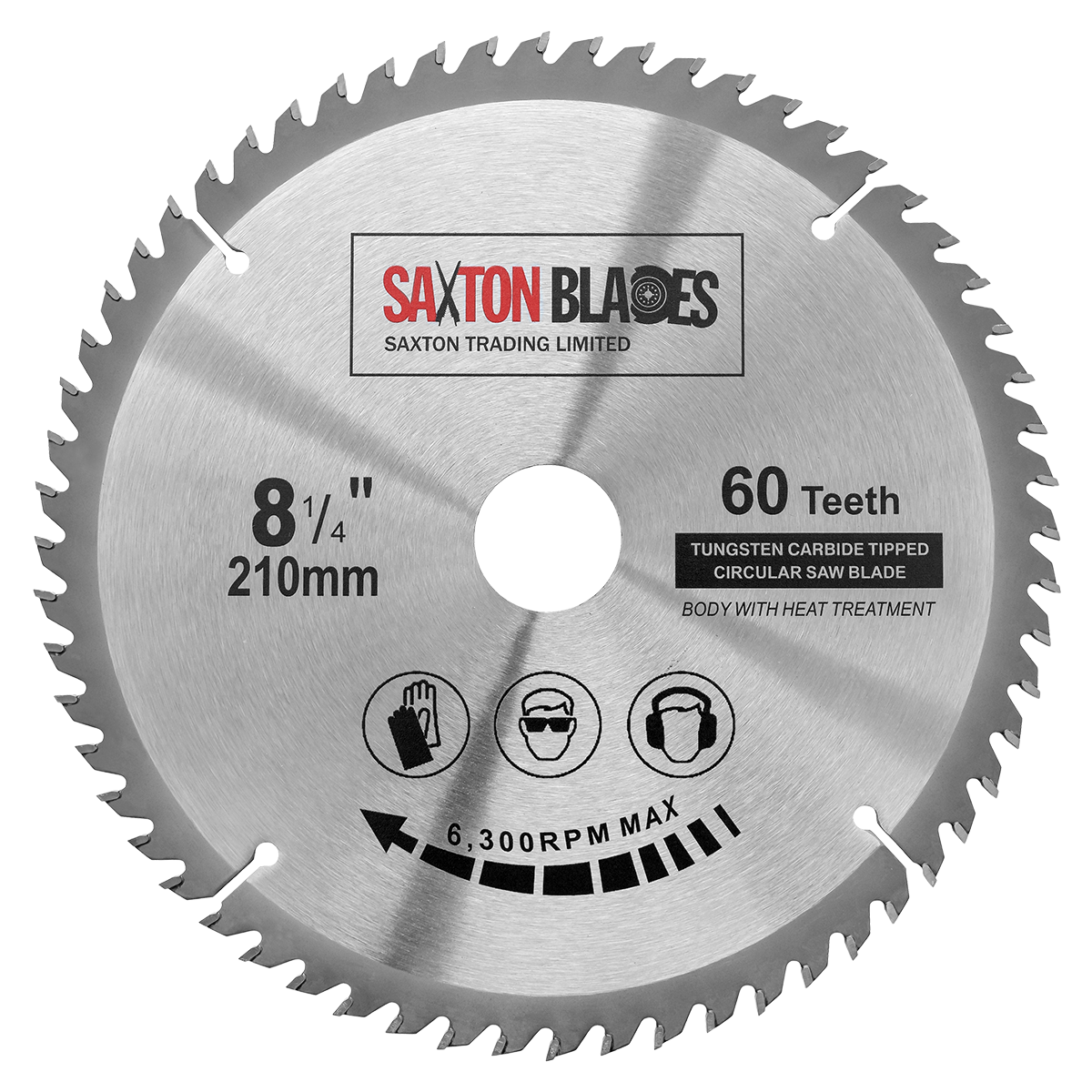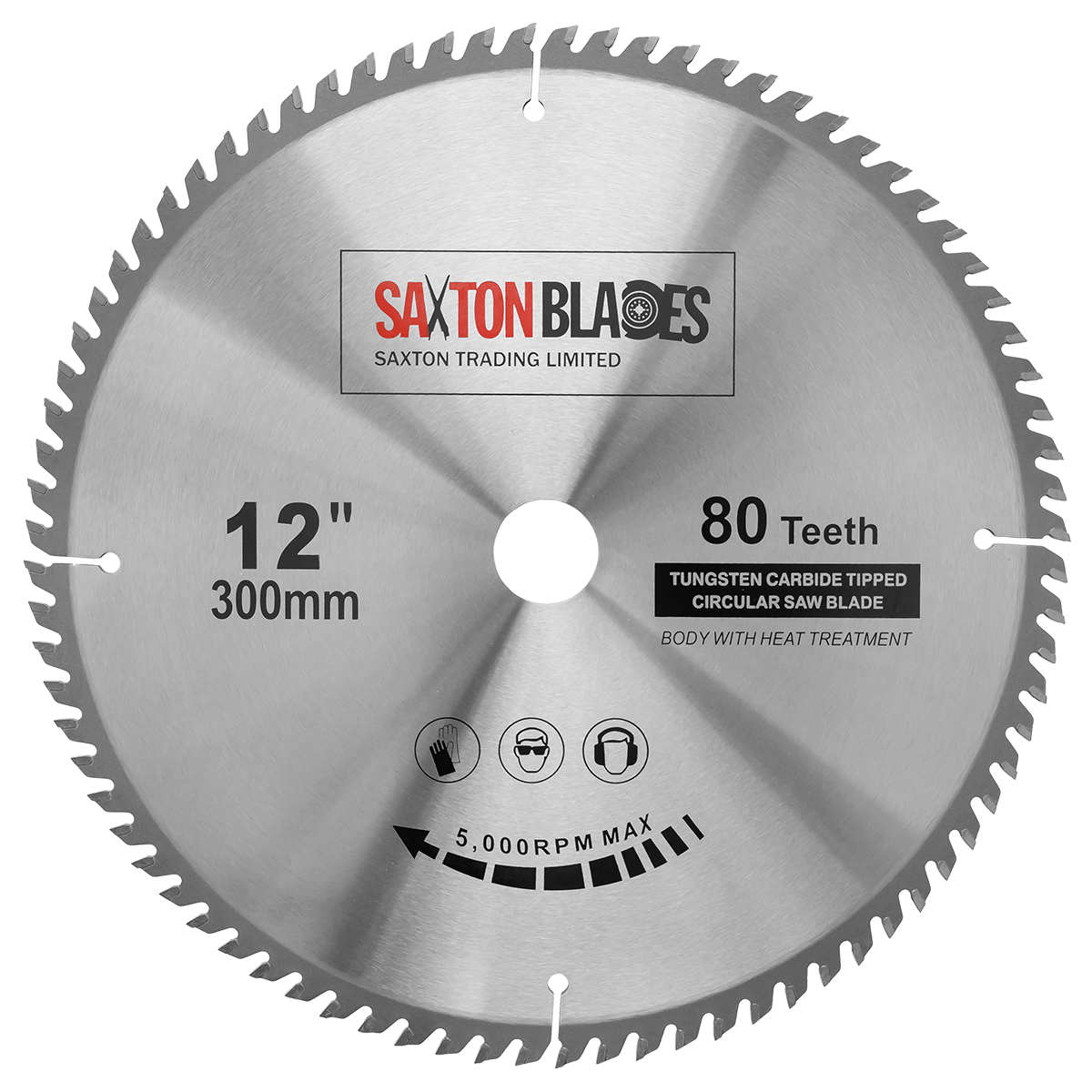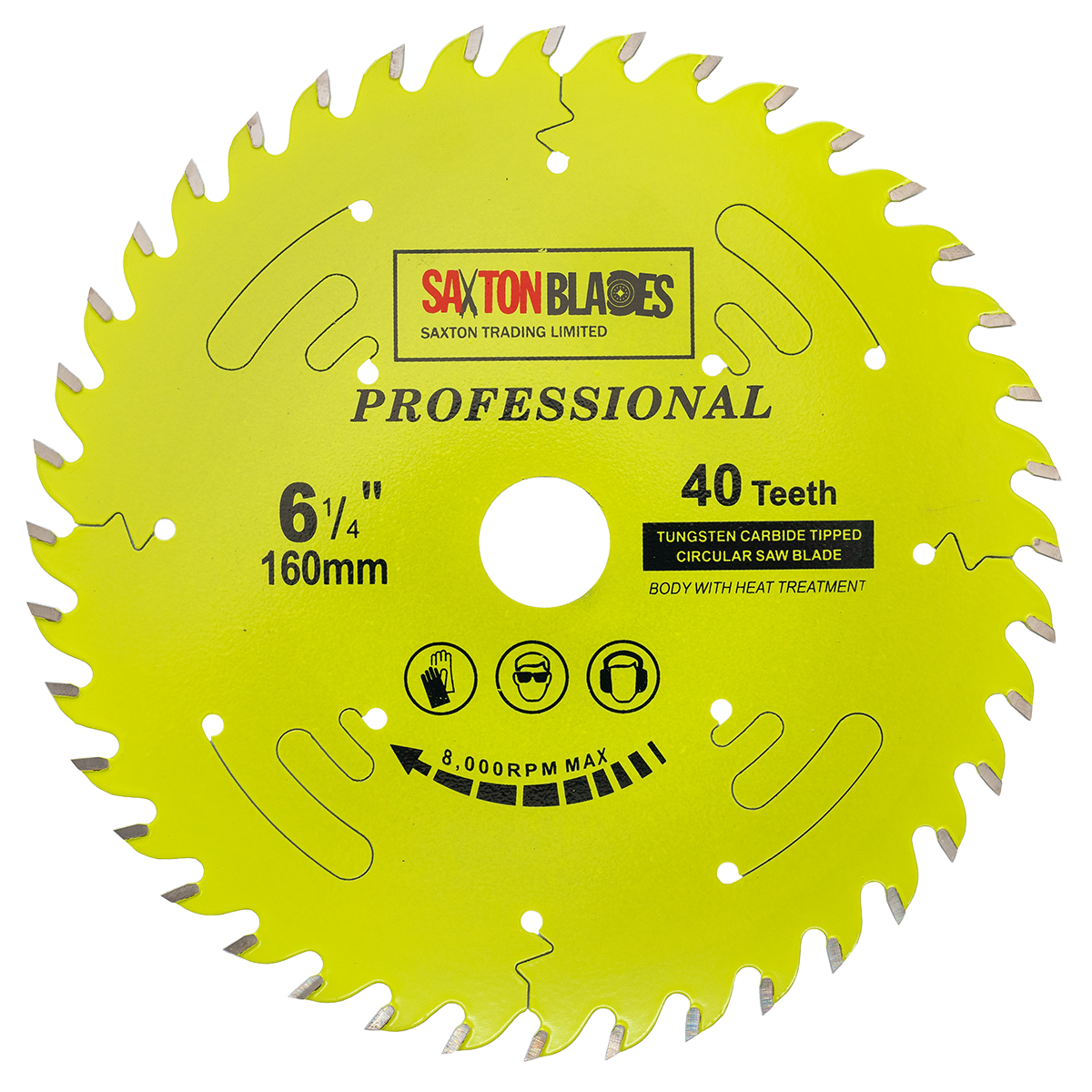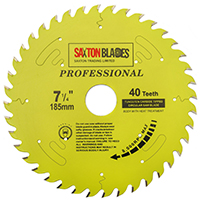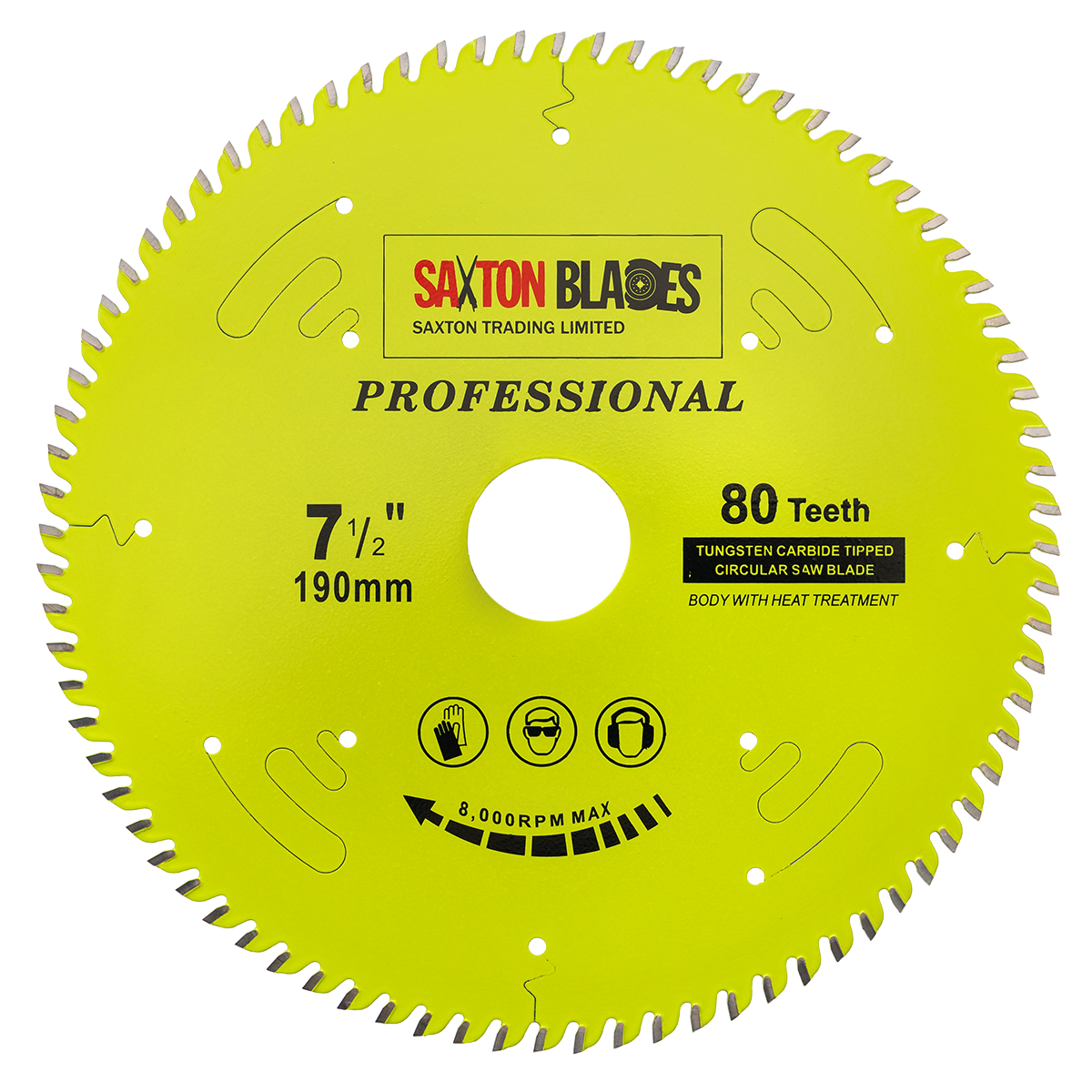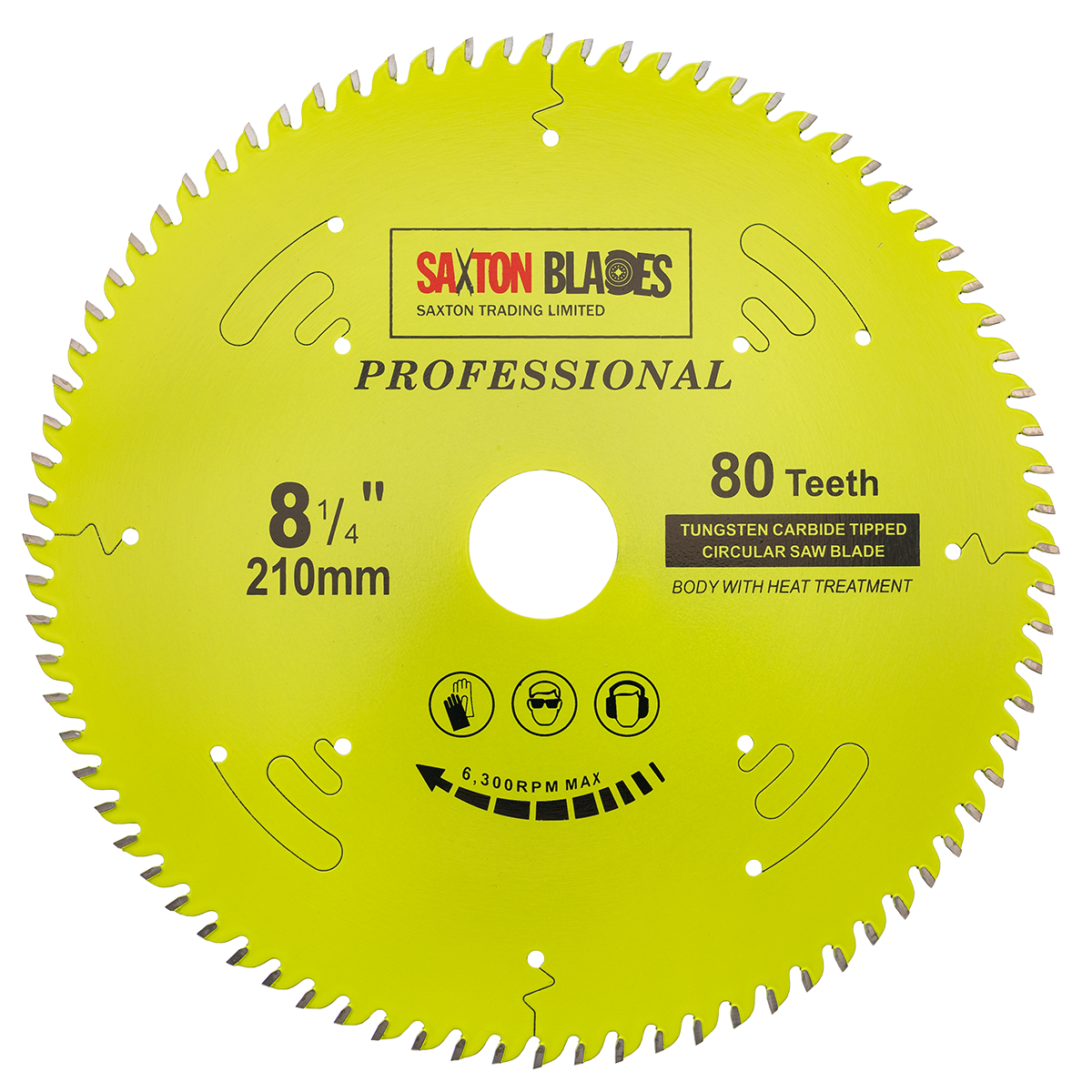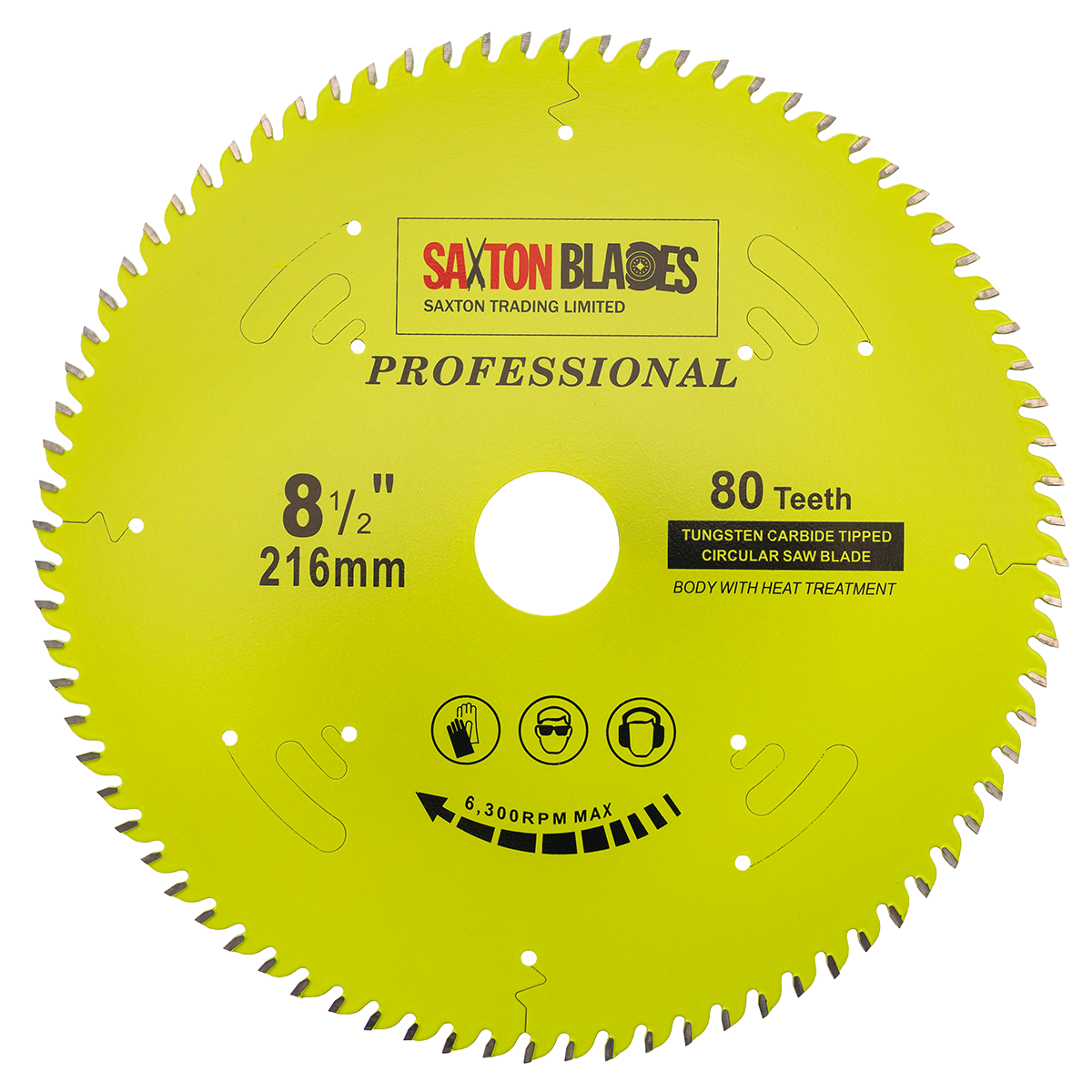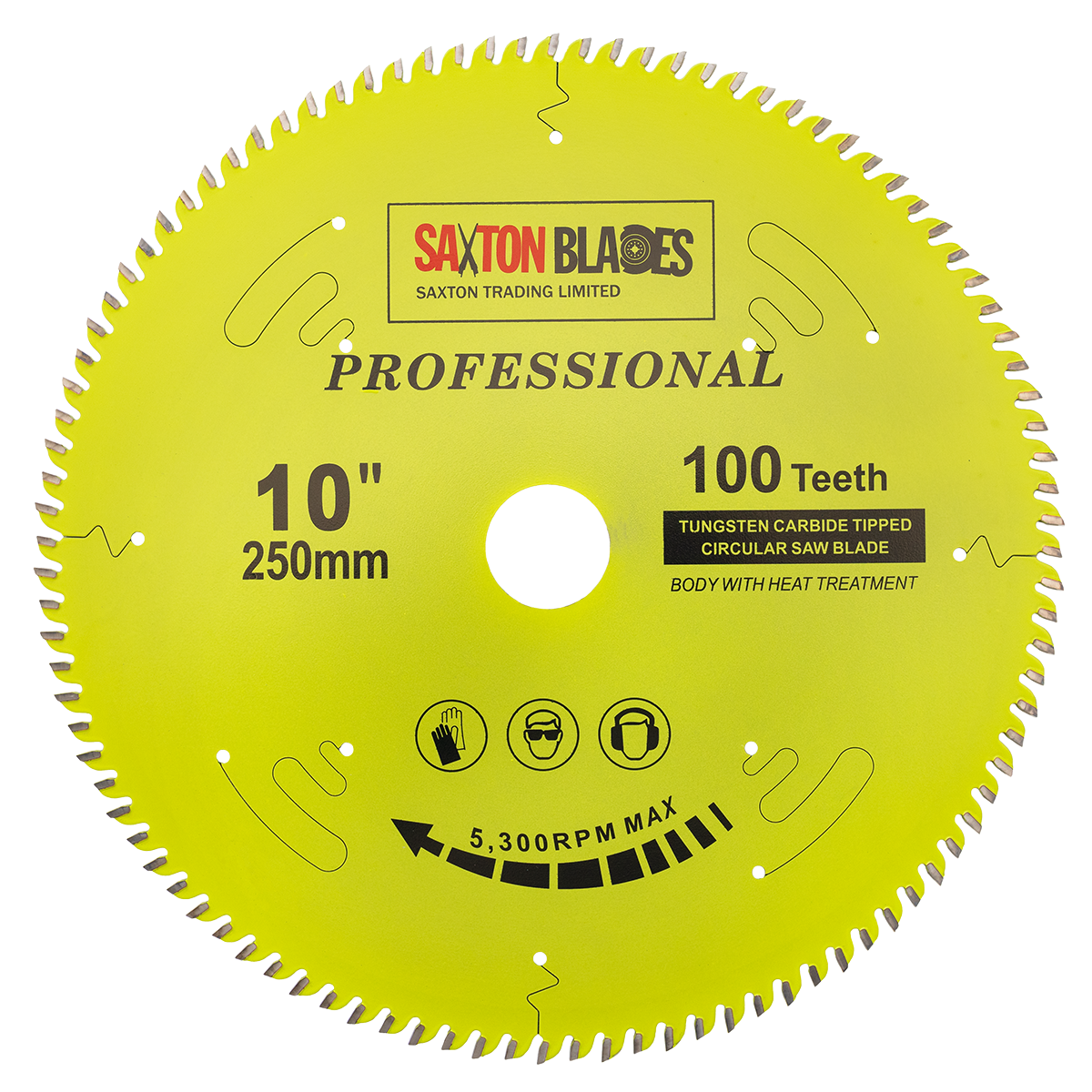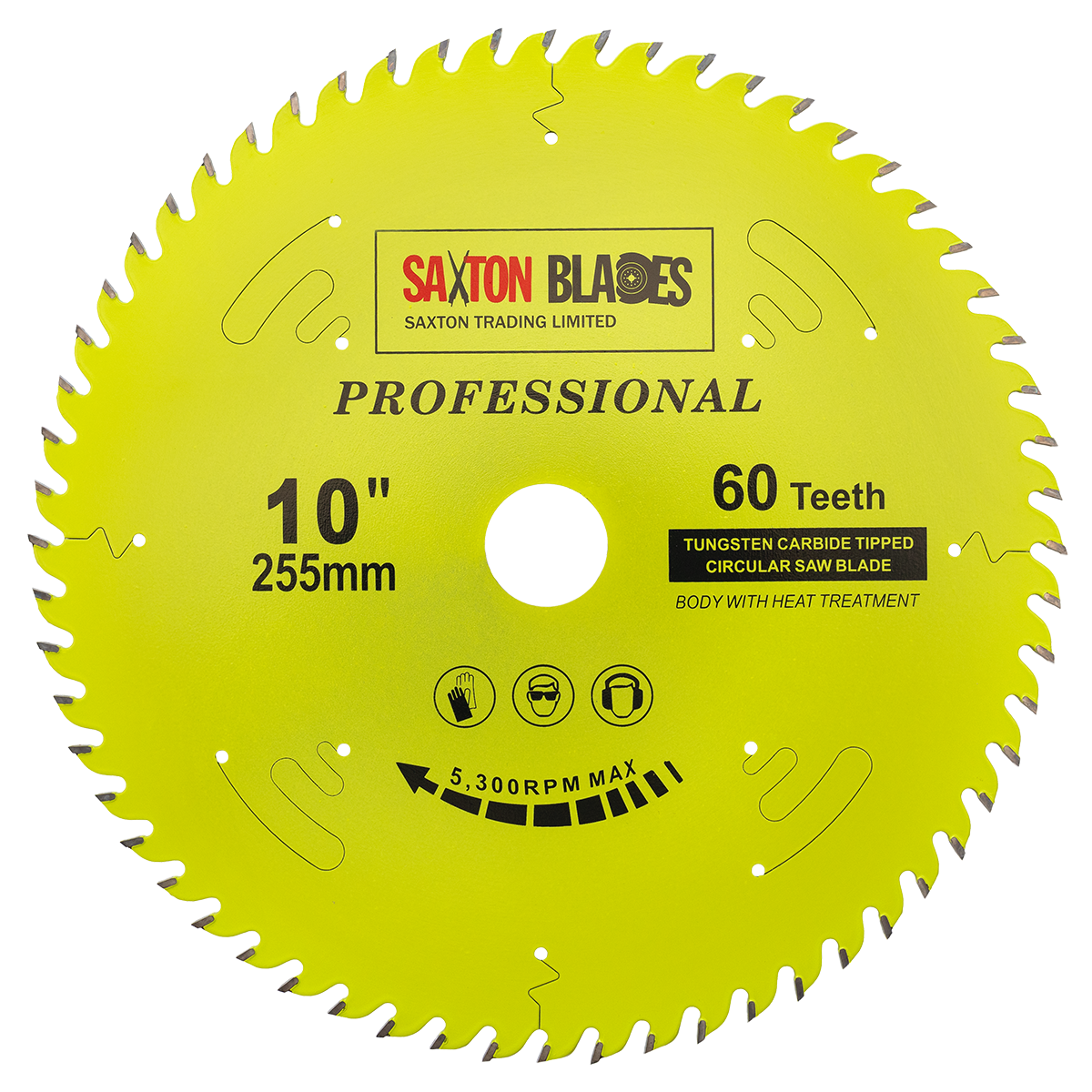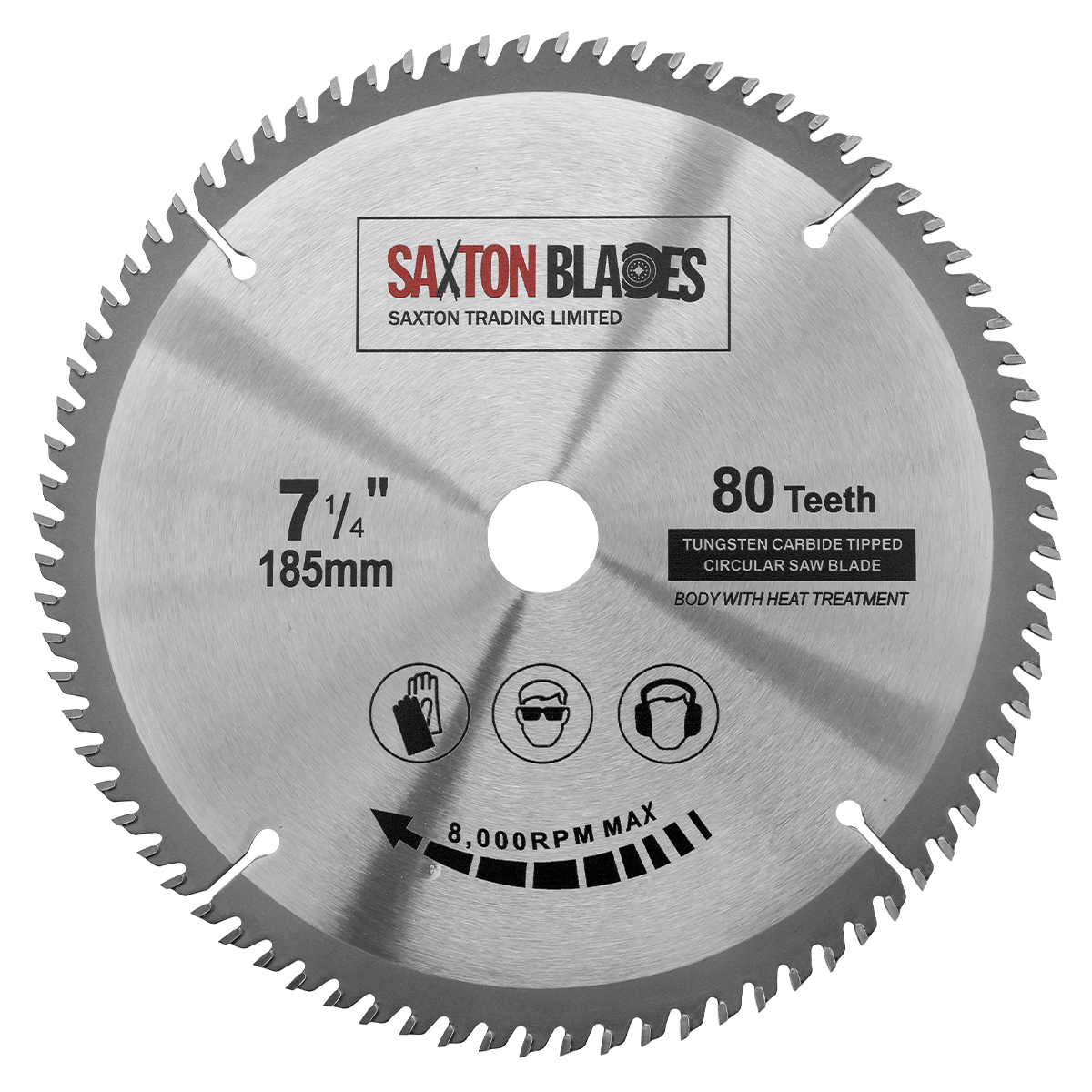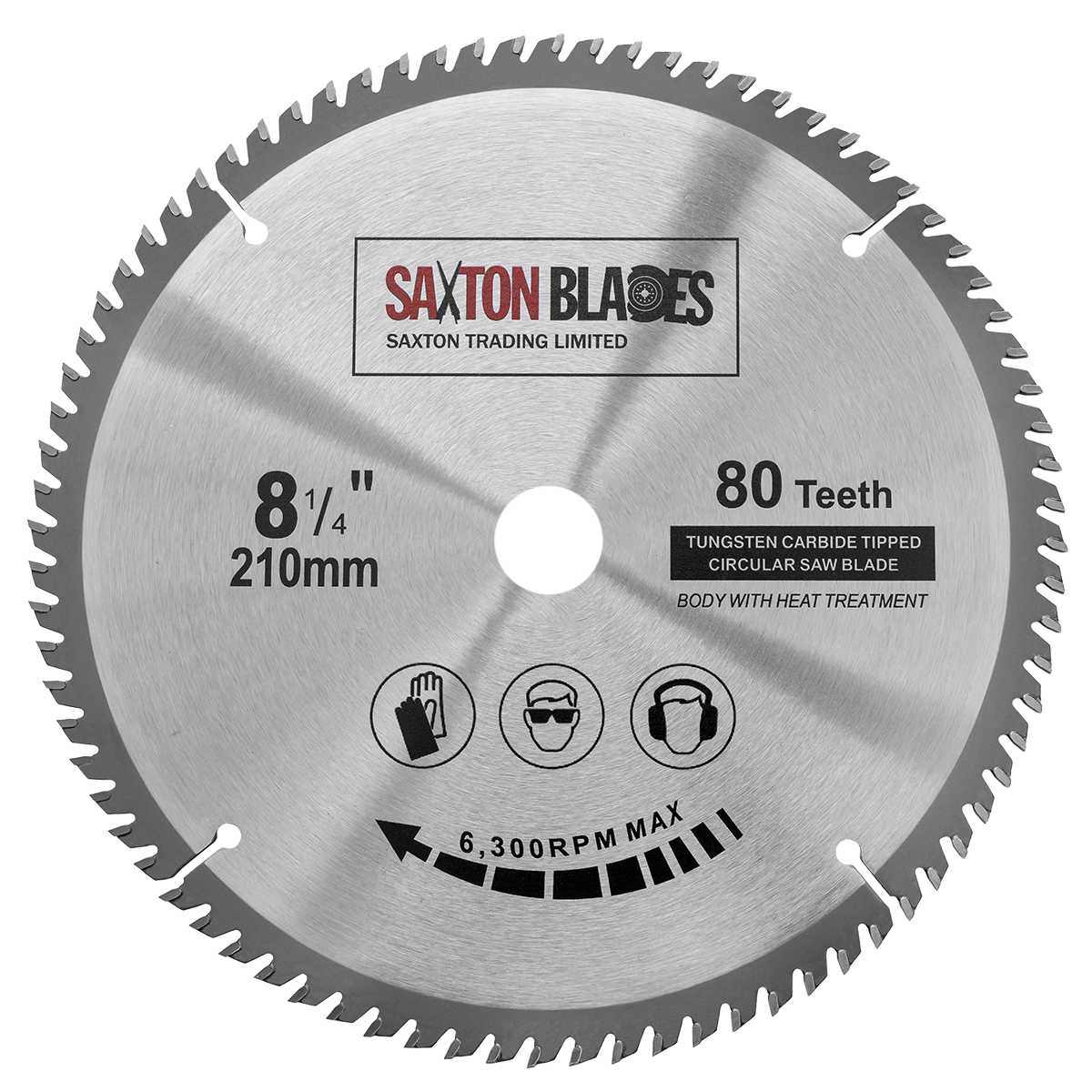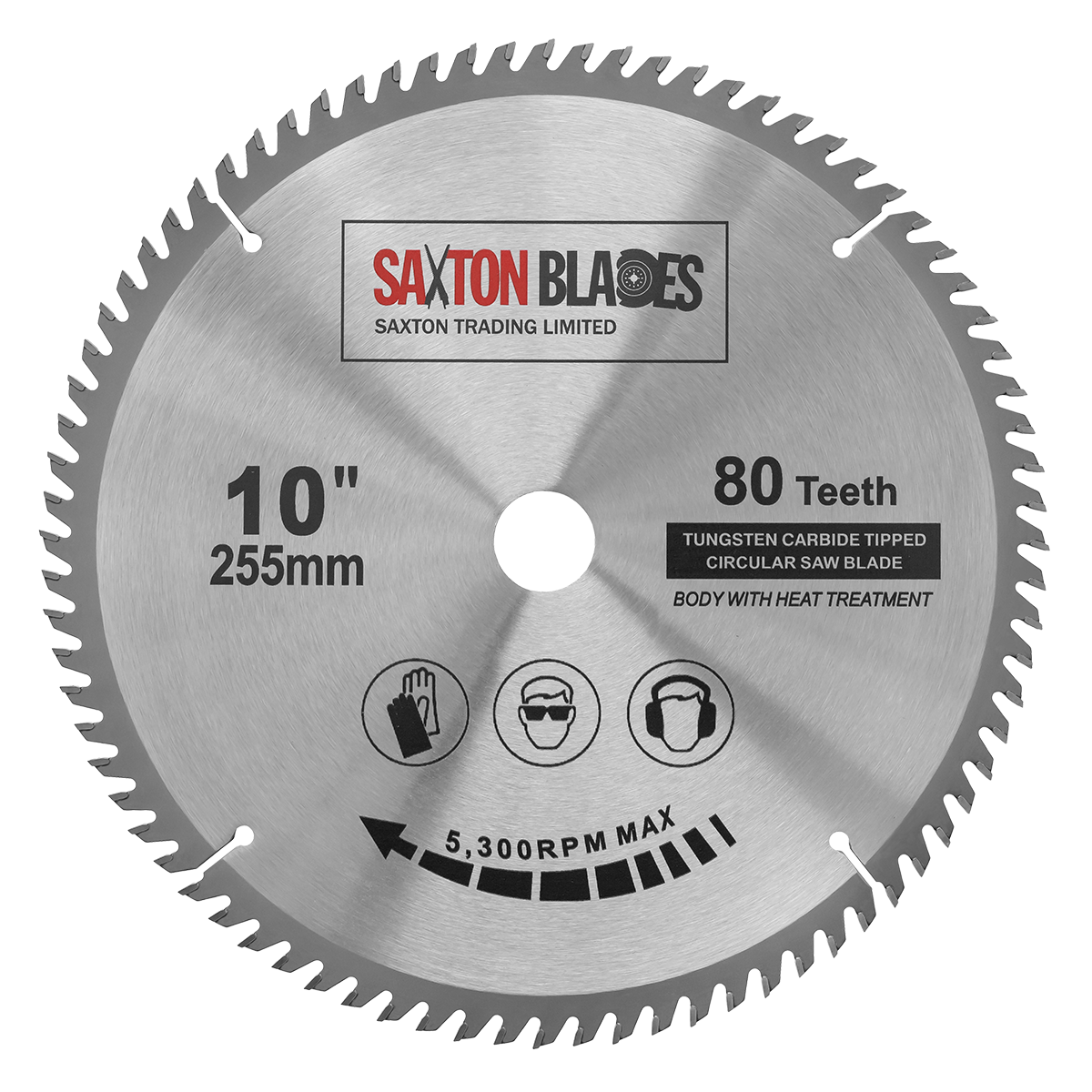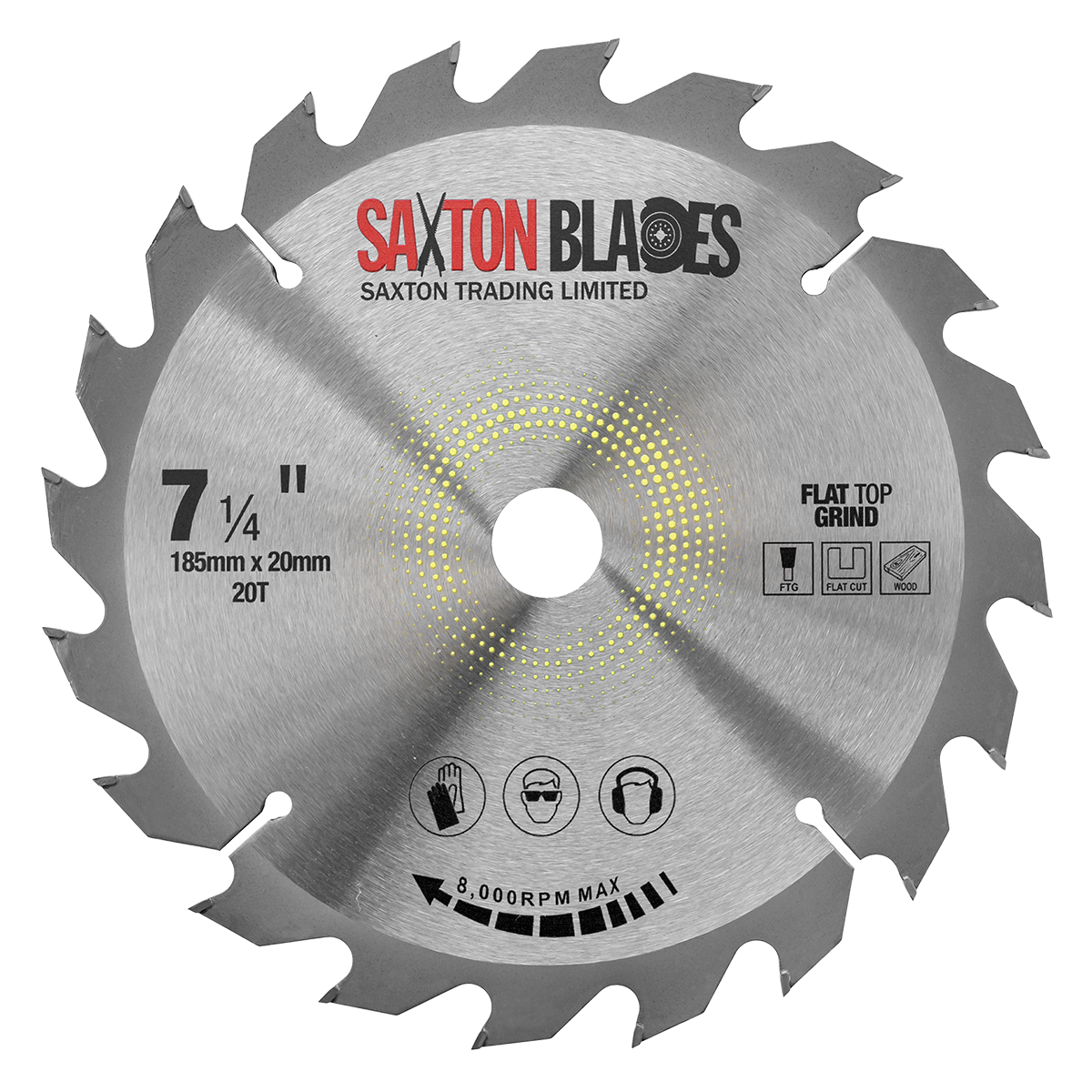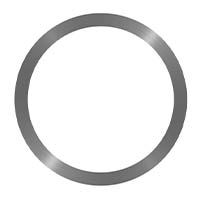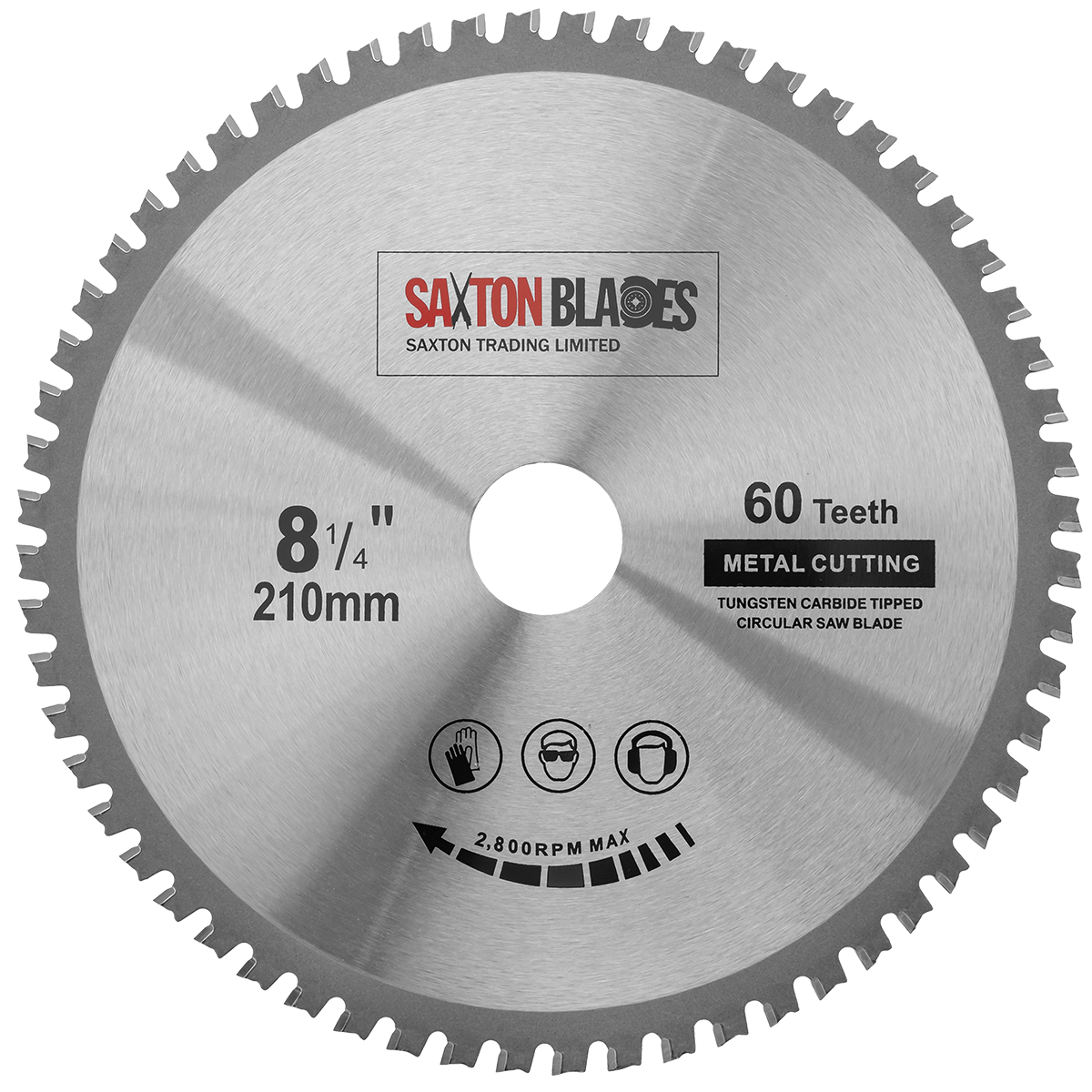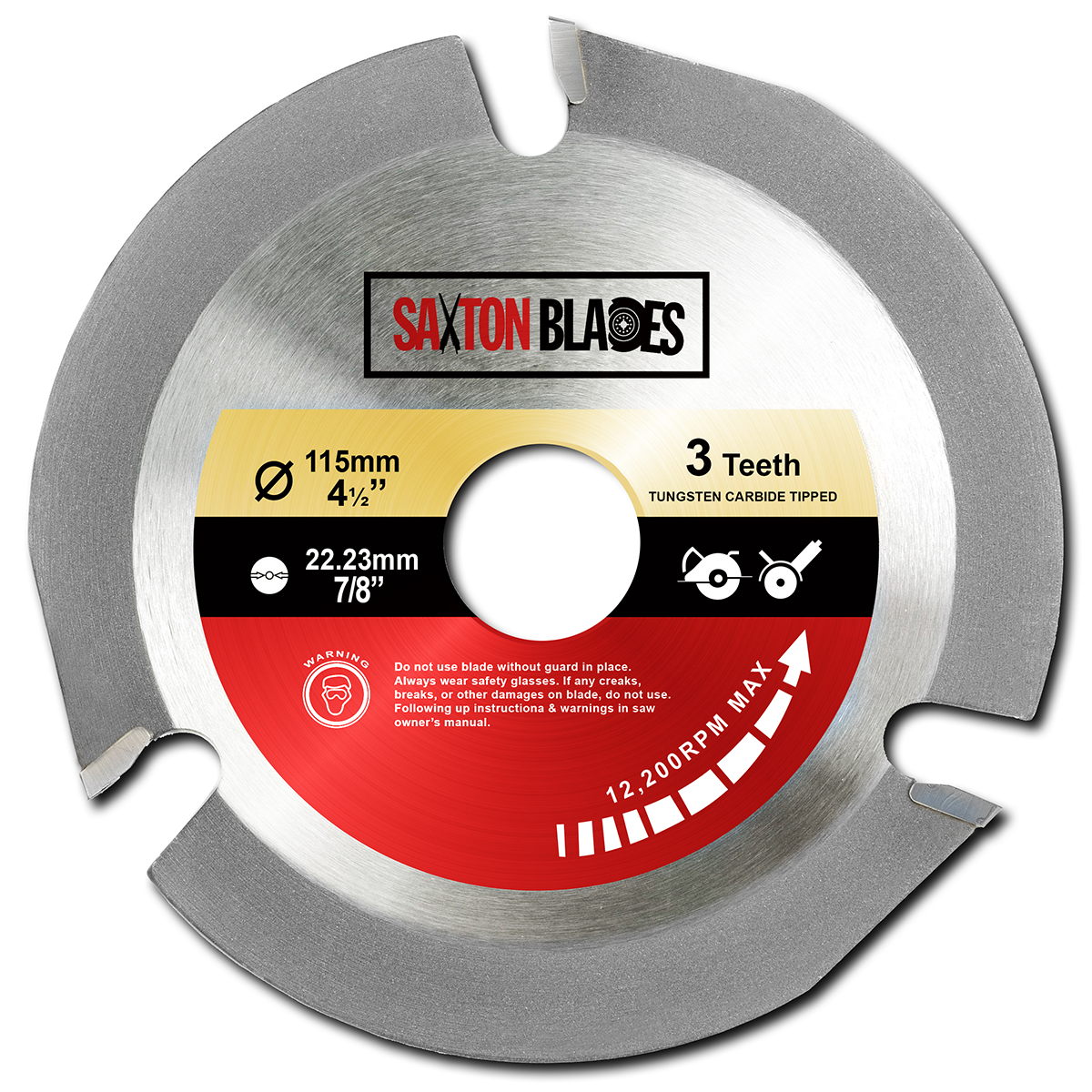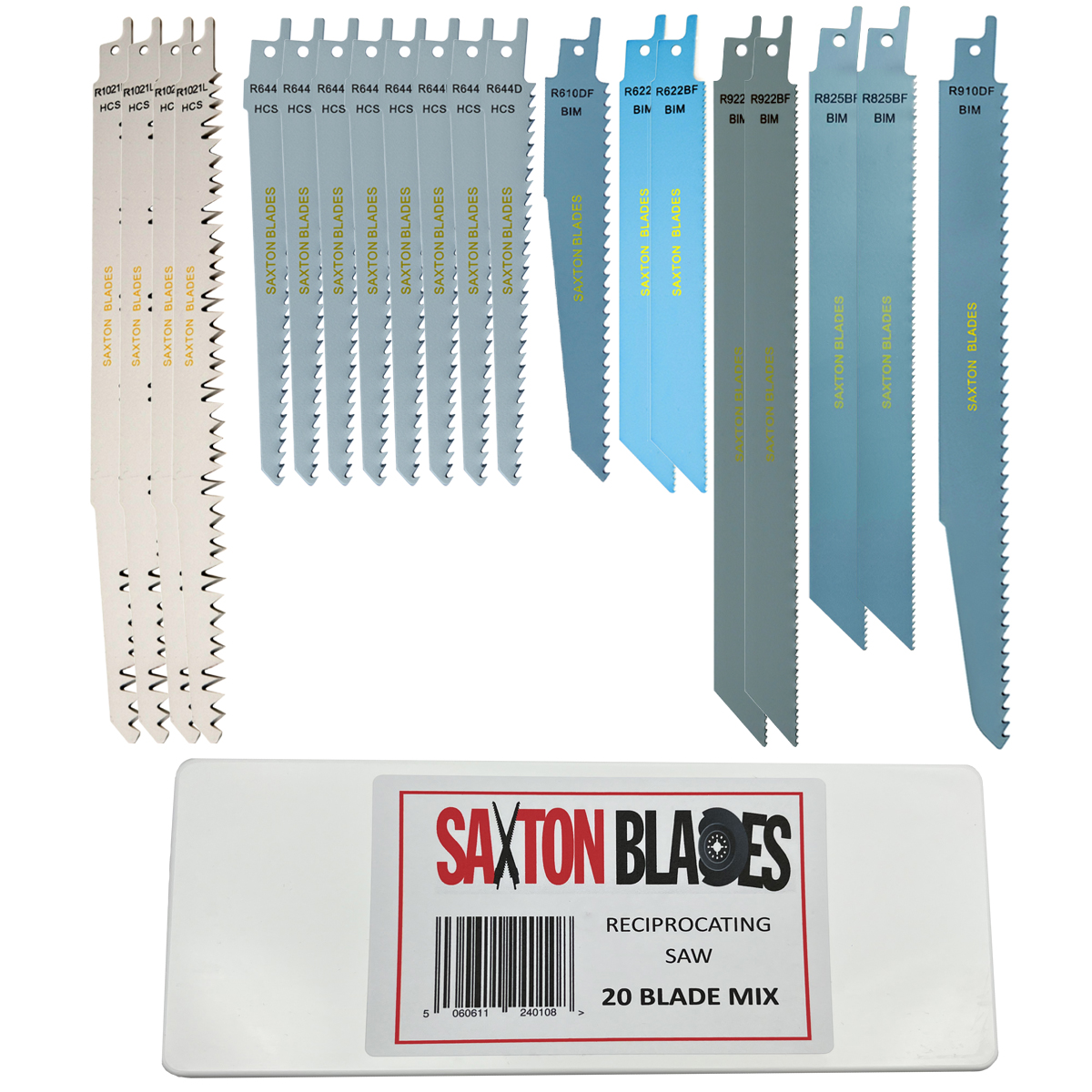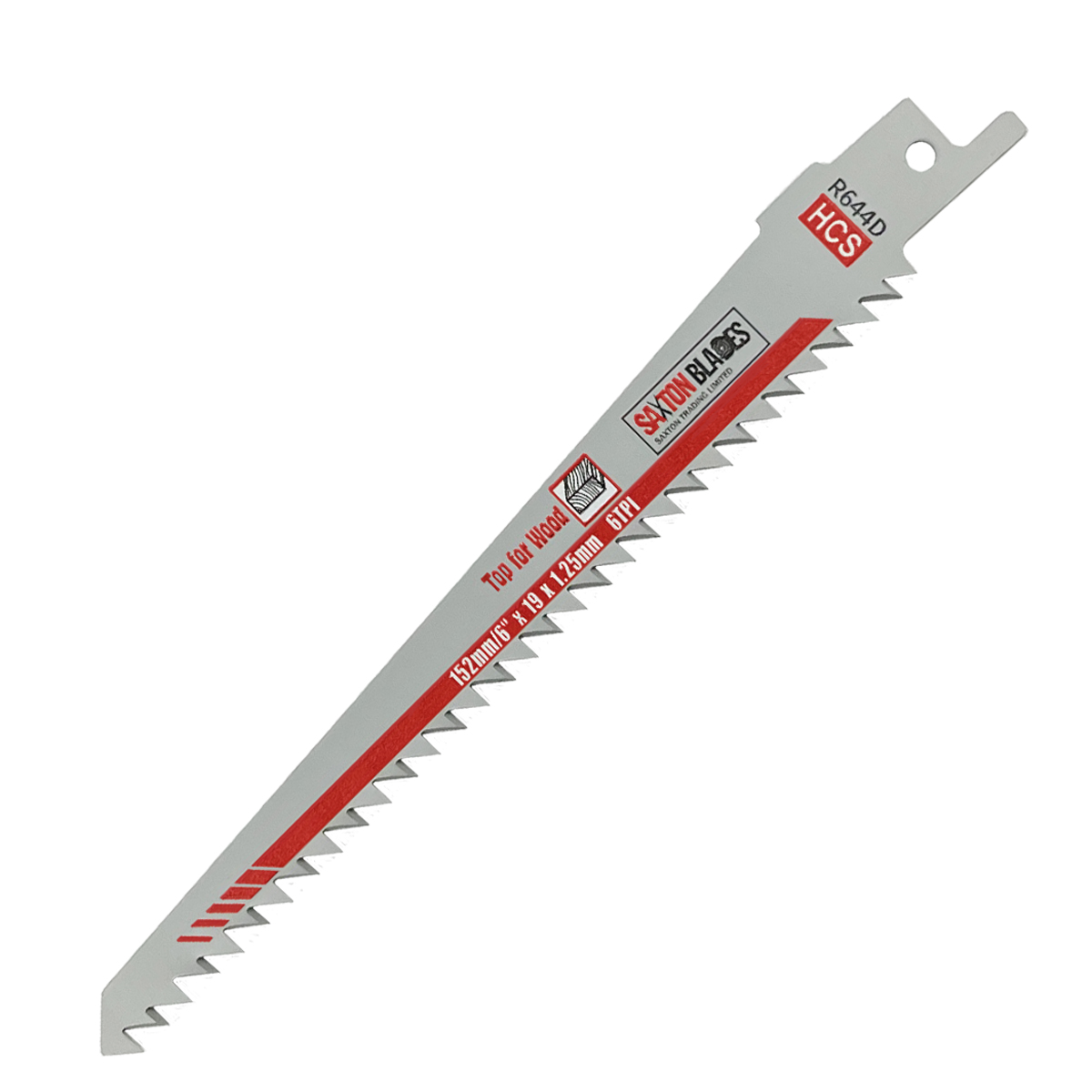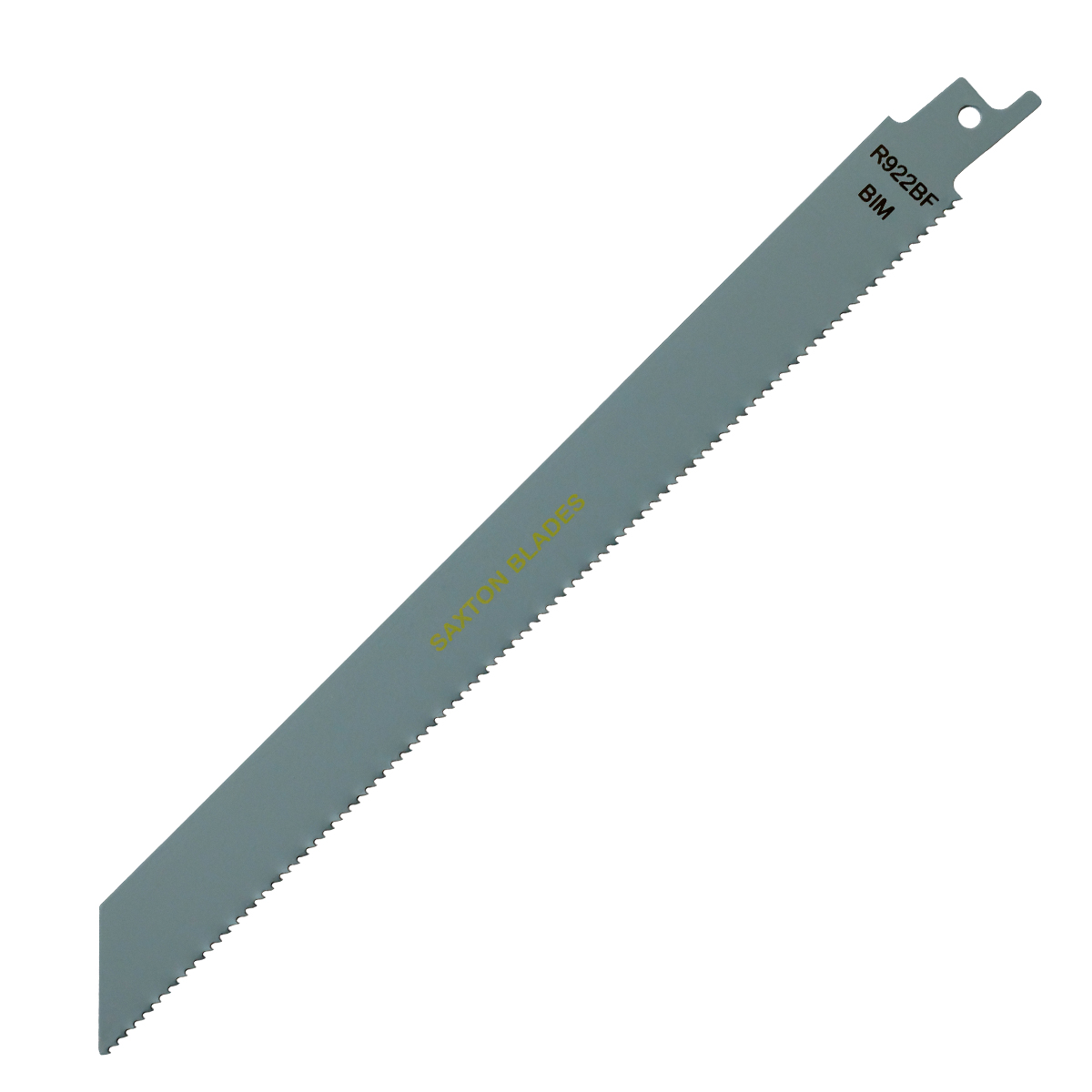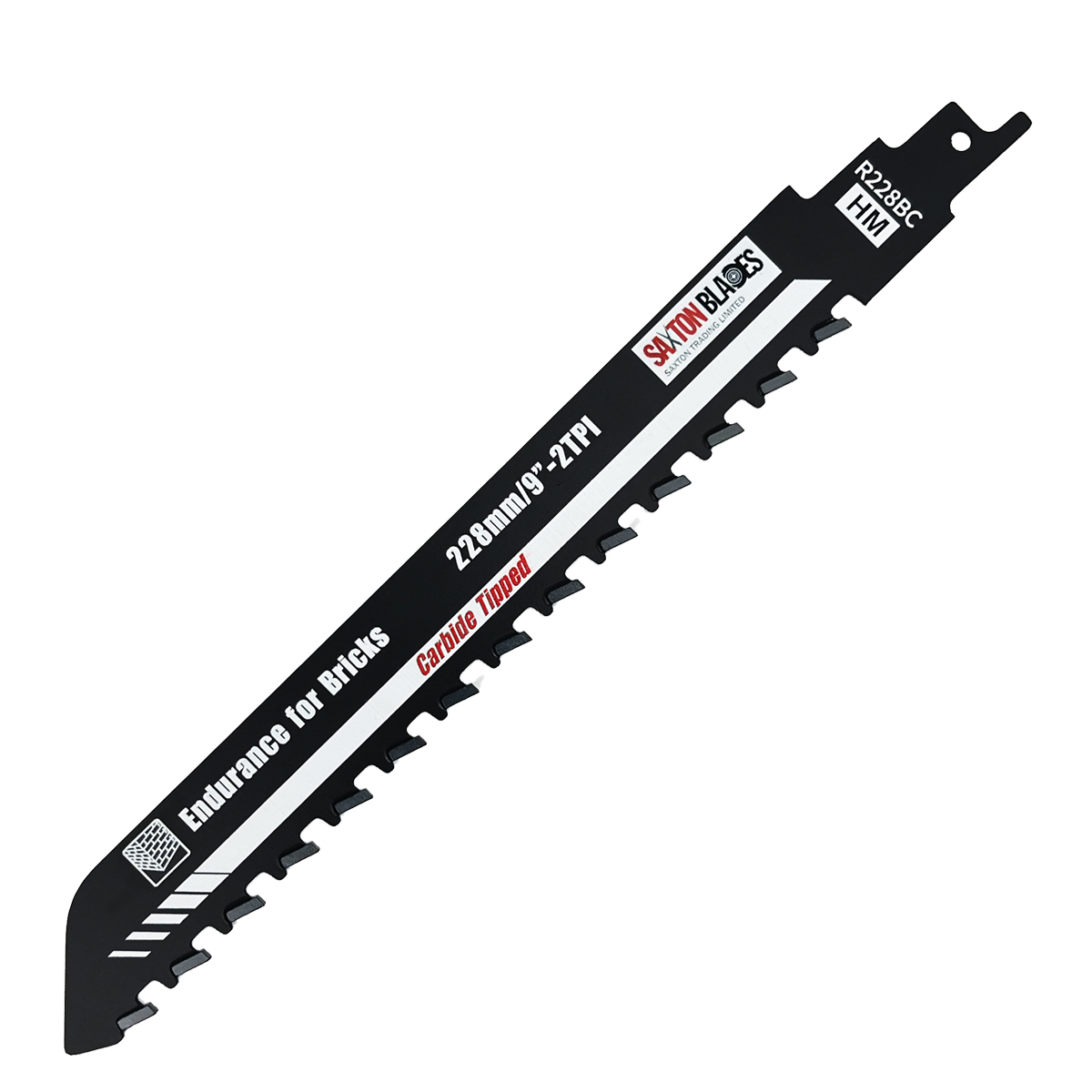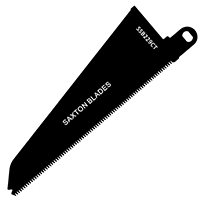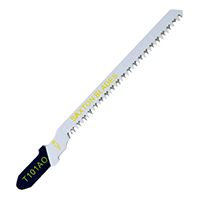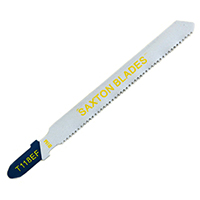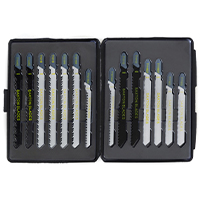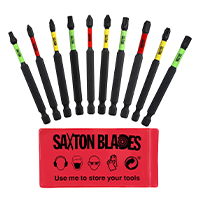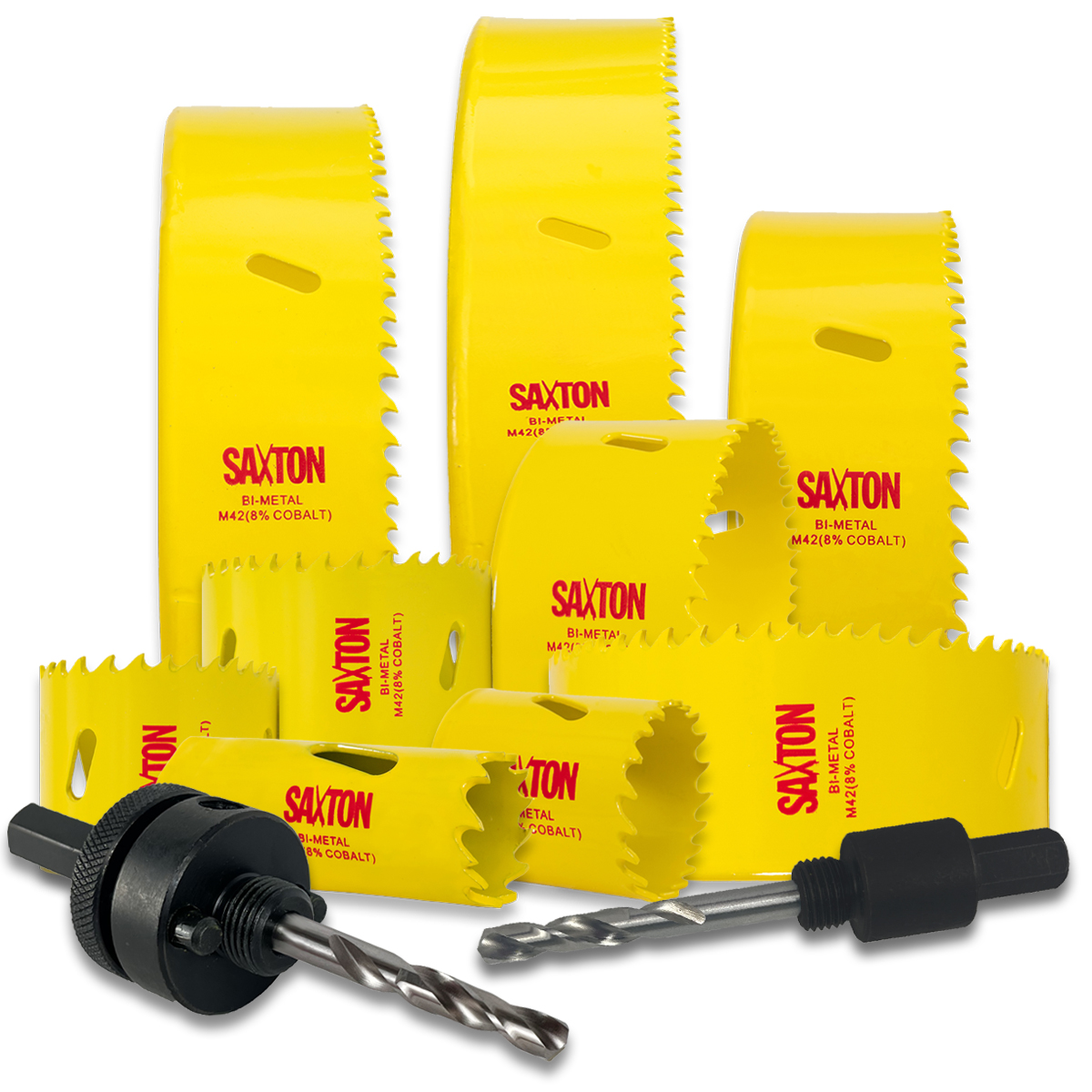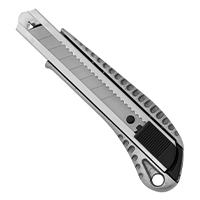Working with power tools and blades can be incredibly efficient and productive, but it also comes with inherent risks. To ensure your safety and prevent accidents, it’s crucial to follow proper safety procedures.
From oscillating tools, to circular saws and jigsaws, make sure you are up to speed with the correct guidelines for every piece of equipment.
Safely Use Oscillation Tools and Their Blades
Oscillation tools, also known as multi-tools, are versatile and can handle various cutting, sanding and scraping tasks. Here’s how to use them safely:
Select the right blade
The most paramount way to avoid any injuries is to make sure you are using the right blade for the material.
For simple cutting, opt for metal blades for cutting through copper or aluminium, whilst wood blades are great for cutting through soft or hardwood.
If you have a tougher material on your hands, a diamond-coated or carbide-coated blade will be better suited.
For finer details or finishing touches, choose from scraper blades, delta sanding sheets and finger sanding sheets for ultimate precision.
Not sure which blade you need? Contact us and a member of our team will be happy to help.
Secure Your Workpiece
Make sure your material is securely clamped or held in place to prevent movement. This will help not only with precise cutting but also prevent any slips that could lead to injury.
Control Your Tool
It’s important to maintain full control over an oscillating tool. Maintain a firm grip, keeping both hands on the handles. Make sure to apply an even pressure to allow it to guide through materials.
Oscillation tools also come with varied speeds. Make sure to start off on the lowest speed and build up if needed. Full control is always more important than quickly getting the job done.
Blade Change Safely
When changing blades, disconnect the power source and wait for the tool to come to a complete stop. Follow the manufacturer’s instructions for blade replacement.
Safely Use Jigsaw Tools and Blades
Jigsaws are excellent for making curved and intricate cuts. Here’s how to safely use them:
Choose the appropriate blade
For an intricate cut, make sure you are choosing the right blade for the project. Jigsaw tools use metal and wood blades, allowing you to cut through a range of materials found in most DIY projects.
Have Total Control Over The tool
Maintain a controlled grip on the jigsaw, guiding it along your intended cutting line. Avoid forcing the blade through the material. Some jigsaws offer variable speed settings. Adjust the speed to match the material and cutting requirements. Slower speeds are generally used for denser materials.
Be aware of Orbital Action
Many jigsaws come with orbital settings that control the blade’s movement. Adjust the orbital action based on the type of cut you want, such as straight or curved.
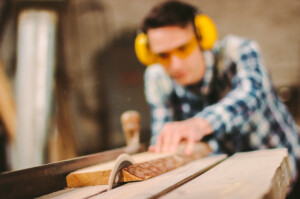
Safely Use Circular Saws and Blades
Circular saws are often used by professionals to get a sleek, straight cut. These power tools and their blades are highly dangerous when misused. Ensure safe usage with these tips:
Opt for the Right Blade
Choose the correct circular saw blade for your material. With these blades, you have a variety of options, from tooth count to different-sized blades. You can even find the right choice even down to the material you intend to cut.
Select from wood blades, metal blades, reduction rings or flat top grind blades.
Secure The Workpiece
Make sure your power tool as well as your material is secure and set in place. Properly secure the workpiece by using a sawhorse or workbench, this will make sure it’s stable and prevent kickback that can potentially be very hazardous.
Set Blade Depth
Adjust the blade depth to protrude just enough to cut through the material without excessive exposure. For this, adjust the depth whilst firmly holding the saw, making sure to lock the adjustment tightly to avoid any movement.
Maintain A Steady Feed
Keep a steady and controlled feed rate, and avoid pushing the saw too fast, which can lead to overheating and binding.
Safely Use Stanley Knife Blades
Stanley knives, also known as utility knives, are versatile cutting tools to use in many projects or for DIY use. Follow these safety guidelines to avoid any hazards:
Retract Blade When Not in Use
Stanley knives offer a retractable feature, to hide the exposed blade when not in use. Always retract the blade fully when the knife is not in use to prevent accidental cuts.
Use Sharp Blades
A sharp blade is safer than a dull one. Replace blades when they become blunt to maintain clean cuts. View our full range of Stanley blades to ensure you always have a spare, sharp blade available.
Cut Away from Yourself
Always cut away from your body to avoid any cuts if there is an accidental slip. Always make sure to keep your free hand away from the cutting path, with a secure grip on the piece to avoid any movement.
Use The Blade Lock Mechanism
Many utility knives have a blade lock mechanism to secure the blade in place while in use. Ensure the blade is locked in place to avoid any sudden slips or movement that could lead to cuts.
Dispose of Blades Safely
Used blades should be safely disposed of in a designated container or a blade disposal case. If you are not sure what container you need, we will be happy to consult you on this.
Safely Store Blades & Power Tools
Proper and effective storage plays a crucial role in both safeguarding against accidents and maximizing the longevity of your tools and blades. By securely and thoughtfully storing your equipment, you not only reduce the risk of mishaps but also ensure that your valuable tools and blades remain in excellent working condition for an extended period.
Tool Storage
To maintain the safety of power tools, it’s imperative to store them in a securely locked cabinet or within a designated storage area, which should be situated well out of the reach of children. This precautionary measure not only prevents unauthorised access to potentially hazardous equipment but also minimises the risk of accidents or mishandling, promoting a safer environment for both adults and children alike.
Blade Storage
To maintain the integrity and sharpness of blades, it is advisable to keep them organised in blade cases or racks. This practice not only safeguards the blades against damage but also ensures that they retain their sharpness for extended periods. This not only prevents blades from sustaining nicks, dulling, or other forms of deterioration but also streamlines accessibility, making it easier to select the appropriate blade for specific tasks, thereby enhancing the efficiency and lifespan of your cutting tools.
Battery Care (for cordless tools)
When you’re not using cordless tools, it’s a good idea to keep the batteries separate from the tools. Store them in a place where it’s not too hot or too cold. This helps in two ways: it prevents the batteries from getting damaged, and it makes them last longer.
Keeping batteries separate reduces the chance of them getting messed up or running out of power when you don’t want them to. Storing them at a moderate temperature protects them from extreme heat or cold, which can make them stop working well.
Use Power Tool Safety Gear
Before carrying out any power tool performance, it’s important you have the right PPE to avoid injury.
| Safety Glasses or Goggles Protect your eyes from debris and dust. | Dust Mask or Respirator Prevent inhalation of dust, fumes, or vapours. | Steel Toed Boots Sturdy footwear protects your feet from accidental drops or impacts. |
| Ear Protection Guard against loud noises with earplugs or earmuffs. | Work Gloves Protect your hands from sharp edges, debris, and cuts. | Protective Clothing Depending on the task, consider wearing protective clothing such as a long-sleeved shirt and pants to shield your skin. |
How To Keep Blades Well Maintained
Regular maintenance ensures blade longevity and safe operation:
Cleaning
Clean blades after each use to remove residues and prevent rust. Use a blade cleaning solution or warm, soapy water.
Inspection
Regularly check blades for damage, such as missing or chipped teeth. Replace damaged blades immediately.
Sharpening
Keep blades sharp with a sharpening tool or professional sharpening service. Dull blades are more likely to bind or cause accidents.
Replacement
Over time, even well-maintained blades wear out. Replace them when they no longer perform as expected.
Working with power tools and blades can be highly productive, but safety should always be a top priority. Always make sure to wear safety gear, store tools, and blades securely, and maintain them properly to ensure a safe and productive workspace. Whether you’re a professional tradesperson or a DIY enthusiast, safe practices lead to successful, injury-free projects.

